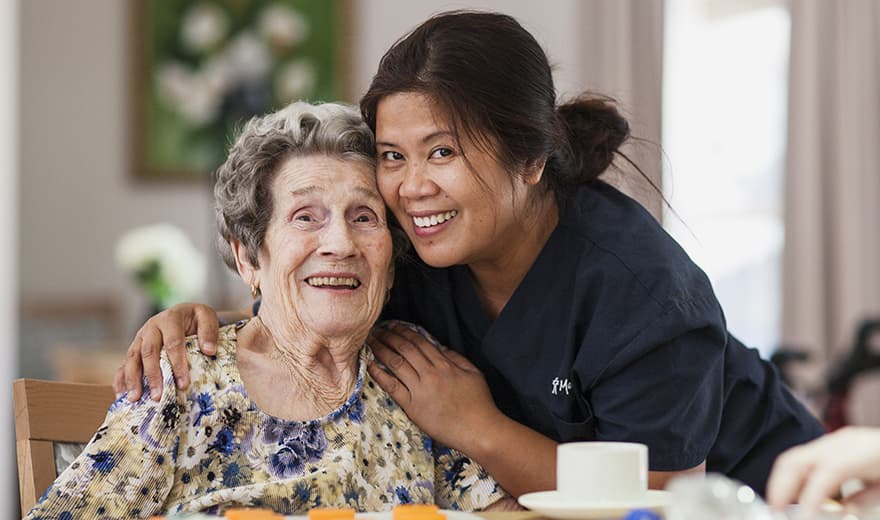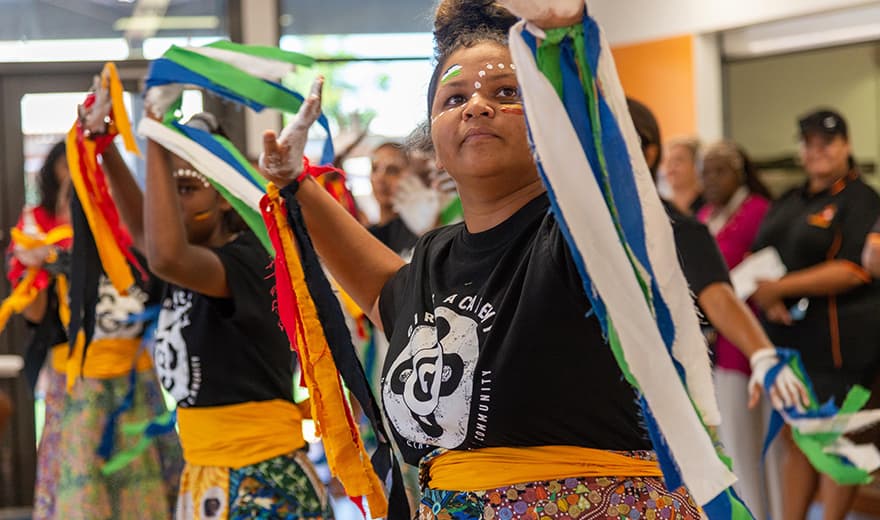The six-month project at MercyCare‘s Wembley campus on Barrett Street, which houses residential aged care facilities, the Mercy Village, early learning services and the Catherine McAuley heritage buildings, was made possible through an $80K State Heritage Council grant.
The significance of the building has been recognised by the National Trust and the Heritage Council and is an important part of the heritage of MercyCare, the Sisters of Mercy, Town of Cambridge and the wider Catholic Community of WA.
“The Stables is not only part of MercyCare’s history that extends back to 1846 when the Irish Mercy Sisters landed on the banks of the Swan River, but also part of the history of Perth,” MercyCare CEO Anthony Smith said.
“We believe heritage is important, which made it a clear decision to bring The Stables back to how they were. It’s also another small way we can give back to the local community.”
The Stables is the only remnant structure of the Benedictine Monastery of New Subiaco (1851-1867), from which the Perth suburb took its name.
“The Stables itself is one of the earliest agrarian buildings in the Perth area and is an important reminder of early European settlement in the Swan colony,” MercyCare Major Capital Projects Manager Adam Roebuck said.
“Monks from this monastery helped design and build St Mary’s Cathedral and the Bishop’s Palace in Victoria Square.”
Over the years The Stables had deteriorated, estimated to only have 10 years of life before falling into ruin.
The “New Subiaco” site was forged by the same monks that established the monastery at New Norcia. Originally used as a monastery with gardens of lemons, grape vines and olive trees, the monks soon moved to New Norcia and it was turned into a boys’ orphanage.
The Sisters of Mercy took over the running of the orphanage in 1876, and in 1901 it became a girls’ orphanage run by the Sisters.
During that time The Stables were likely used to house an oil press to produce olive oil, harvested from the olive trees originally planted by the monks.
The resulting olive oil won prizes at the Royal Show, was used in ceremonies and sold to help offset costs of running a large orphanage.
Together with Bernard Seeber Architects, MercyCare began work on The Stables when it was in poor shape with a deteriorated roof and timber joinery, limestone walls damaged by rising damp and inappropriate cement-based mortar and render applied during the 1990s.
The project’s main challenge was sourcing sheoak logs to manufacture shingles to replace the metal sheeting roof added in the 1990s. Logging of sheoak is now strictly controlled and shingle fabrication is a small and specialised industry.
Unlike many restoration projects where hard-to-find historic trade skills are required, in this case tradespeople were asked to down-skill.
“The Stables was most likely built by the Benedictine monks, novices or other assistants with little, if any, stone masonry or carpentry skills or experience. This meant although the building was robust, construction quality was not high and we had to get our modern trades to down-skill their work to respect the original quality of the building,” Adam said.
The conservation work included roof cladding and plumbing reconstruction, roof framing repairs, reconstruction of the face brick chimney, and exterior wall restoration including the removal of cement mortars.
The conservation work is not the first to be completed at the Wembley Site. MercyCare, Bernard Seeber Architects and Colgan Industries last year completed conservation works at the Sister Martin Kelly Centre which was recognised by a 2018 State Heritage Award and Master Builders Association 2018 Award for Best Historic Restoration under $1.5 million.




